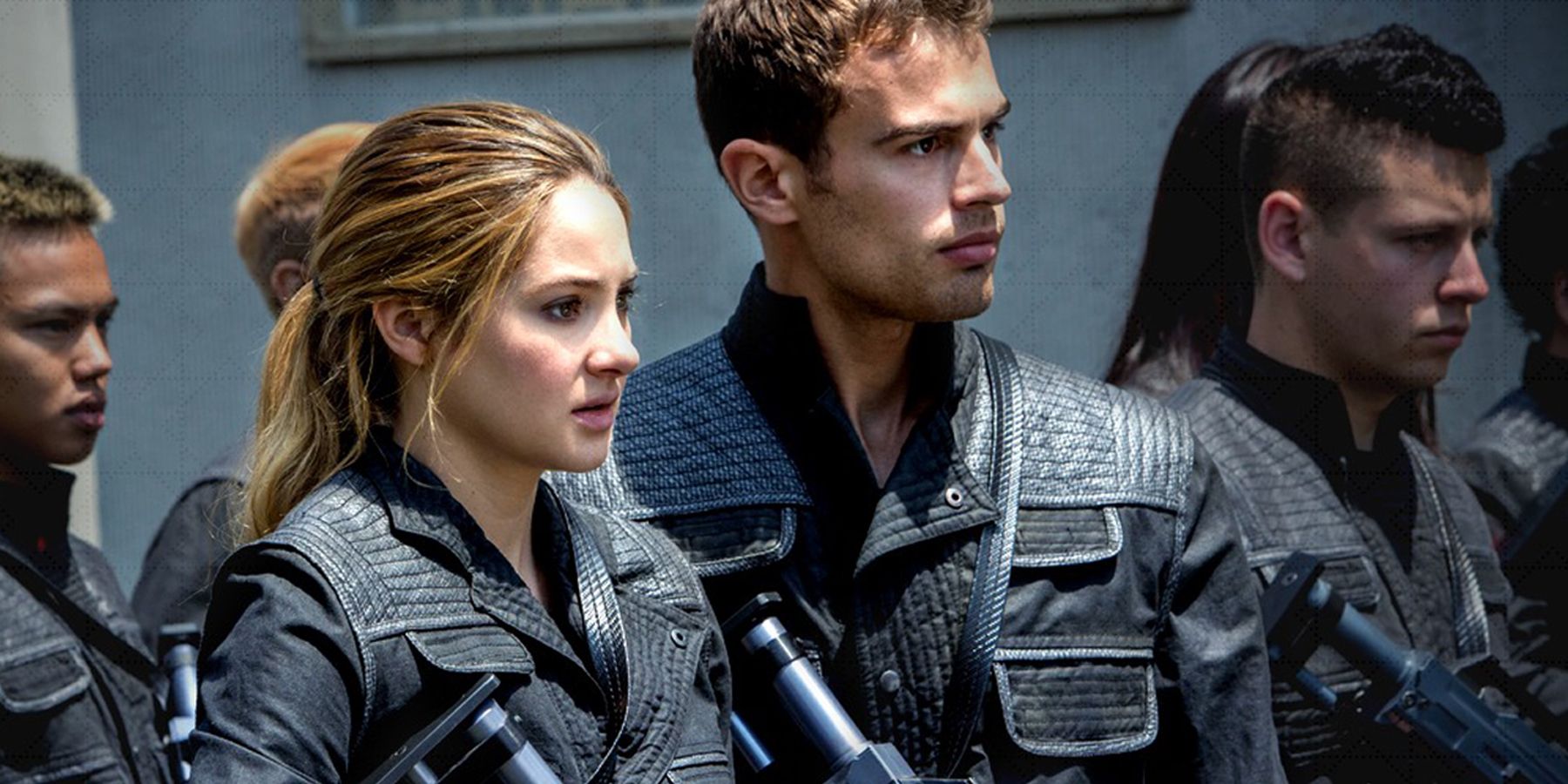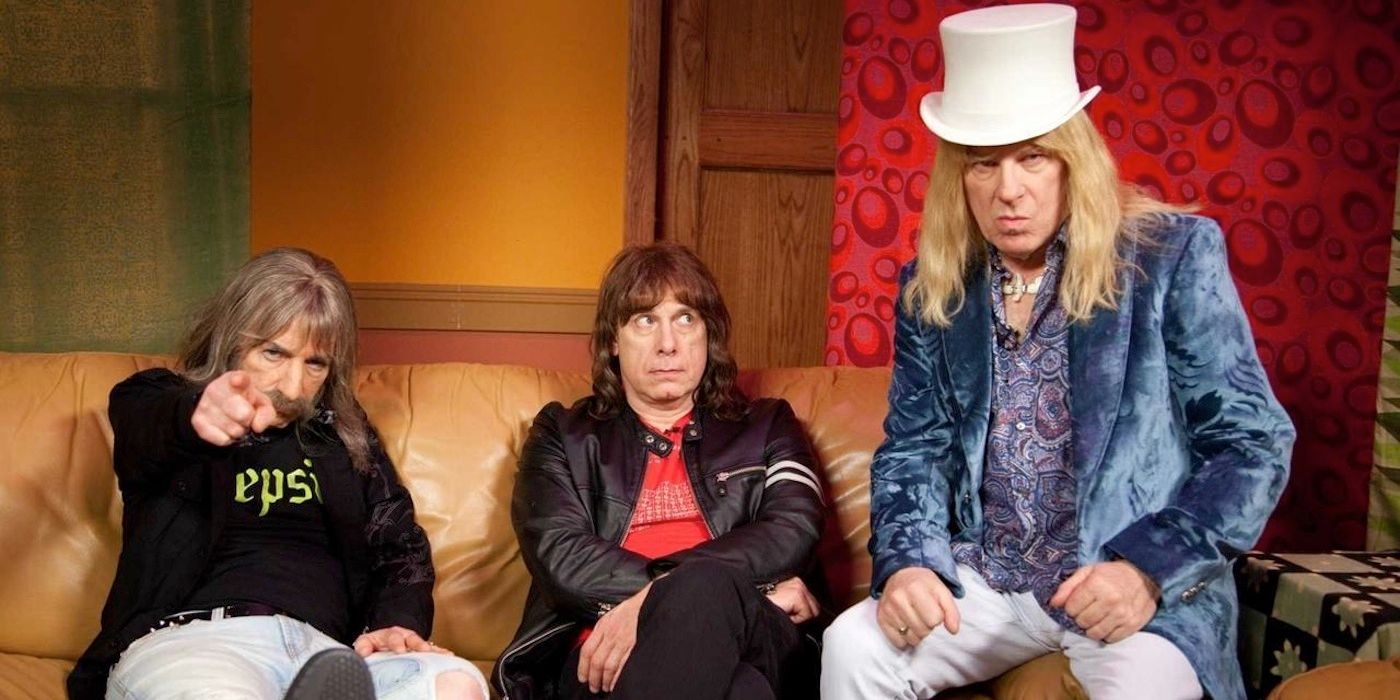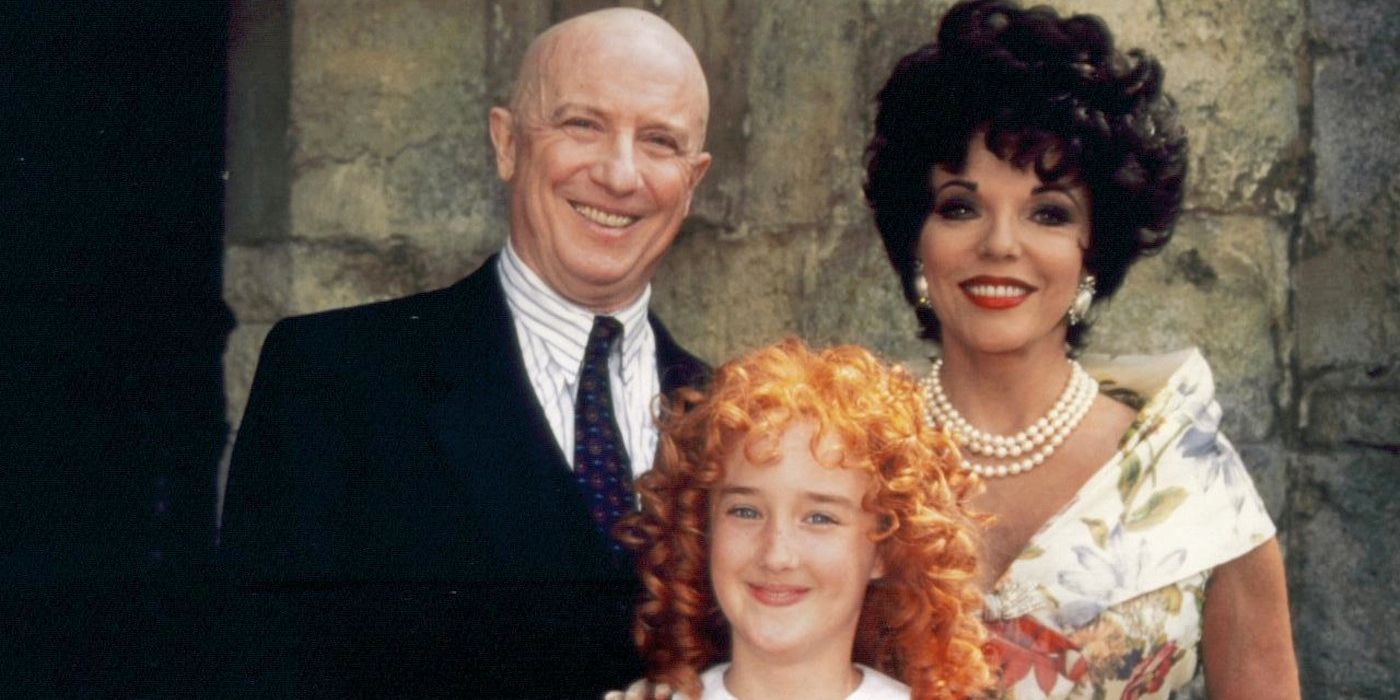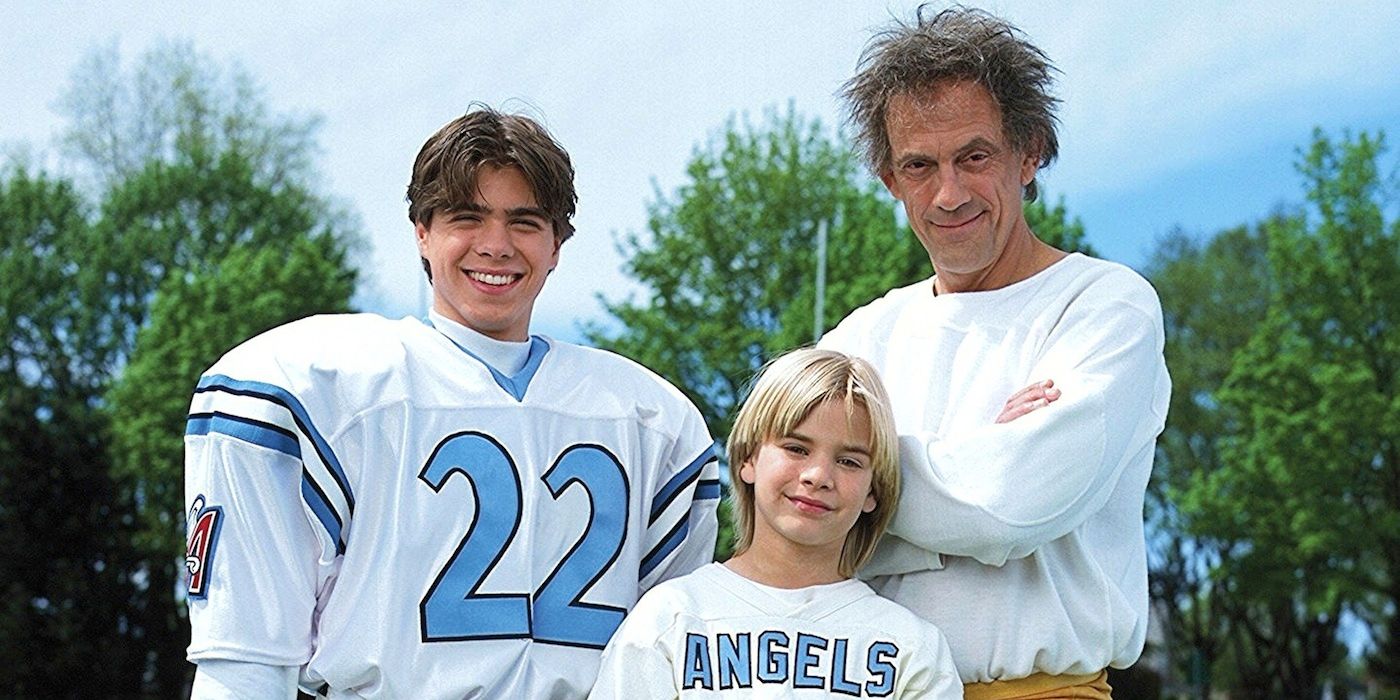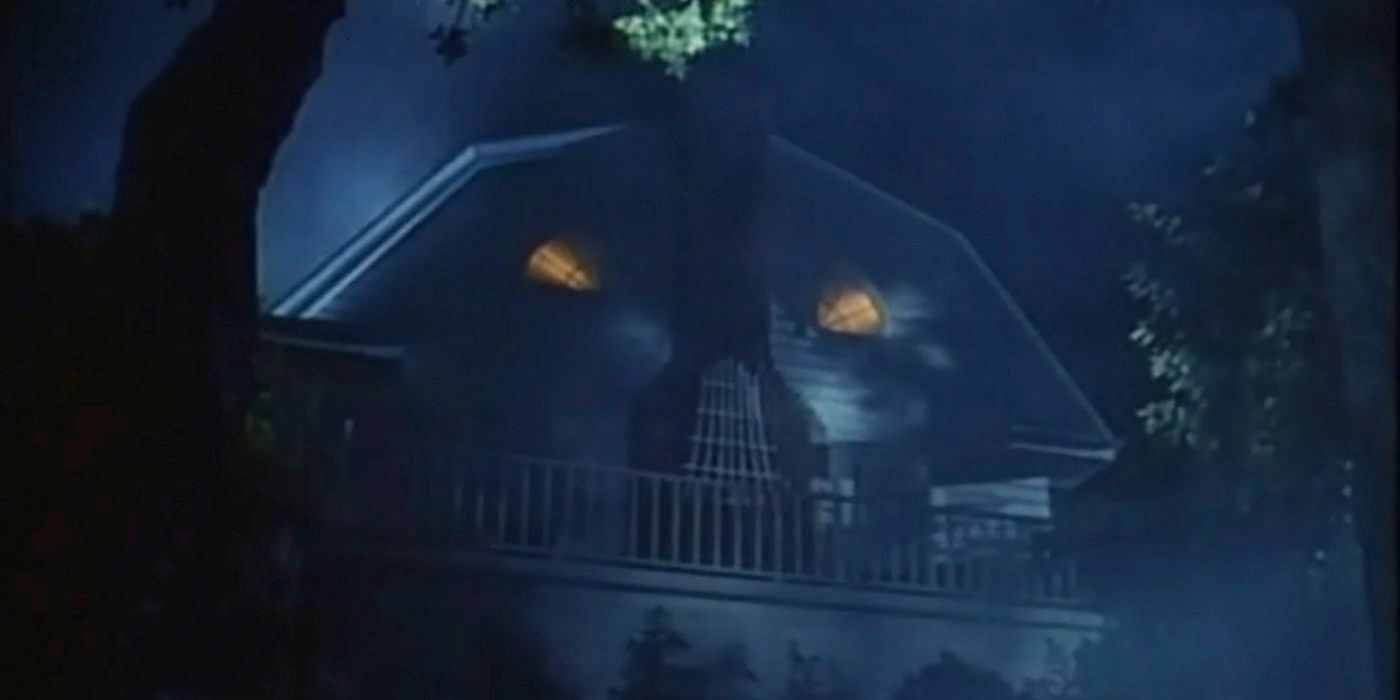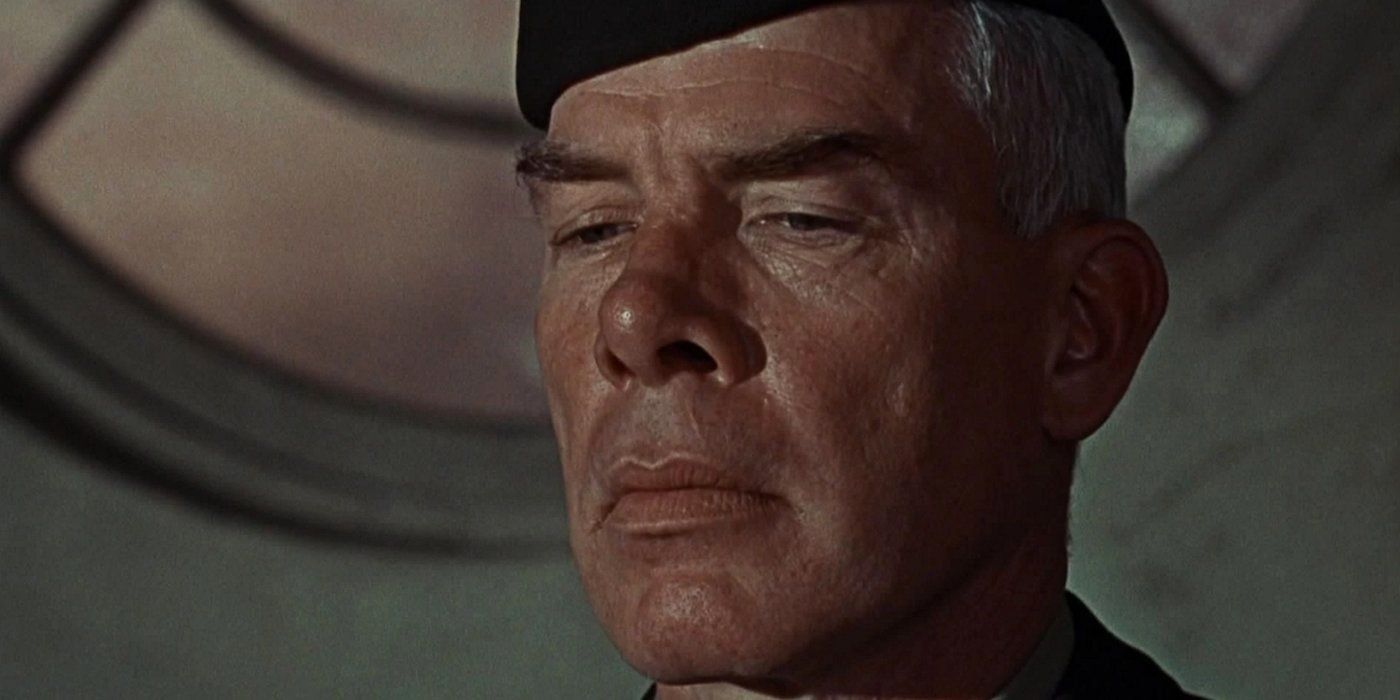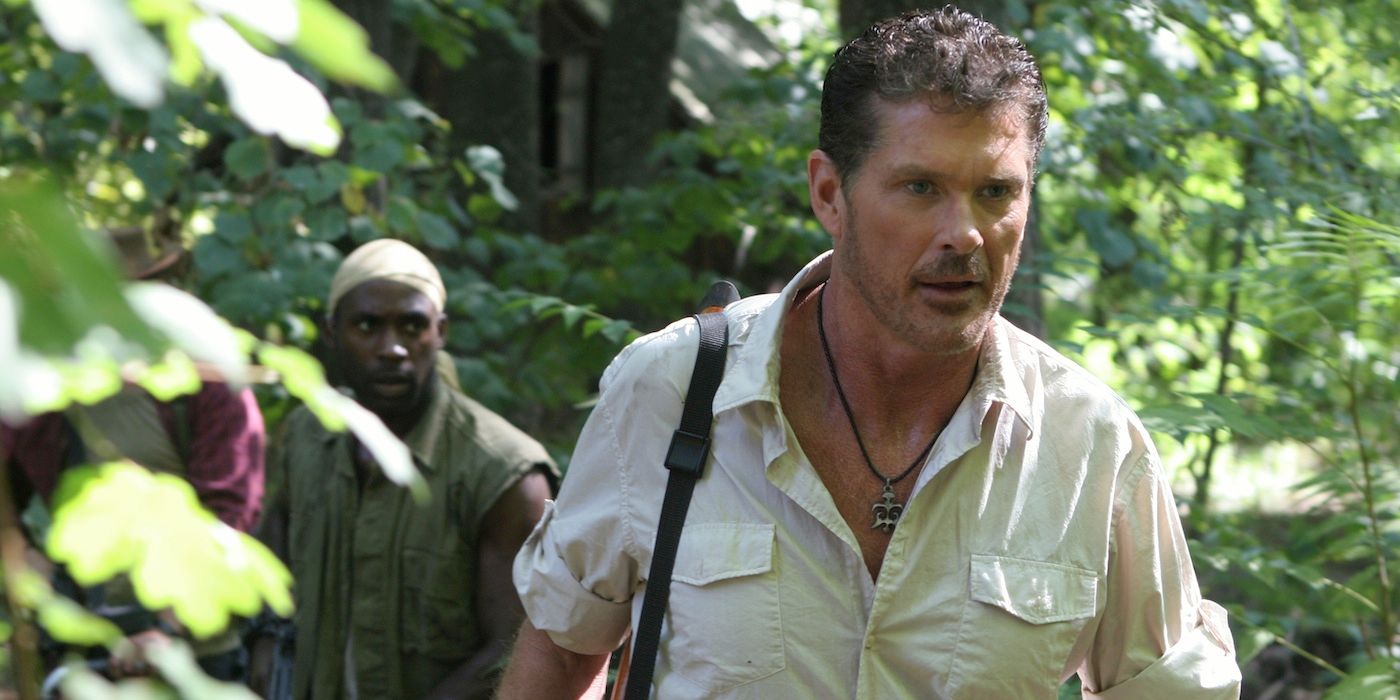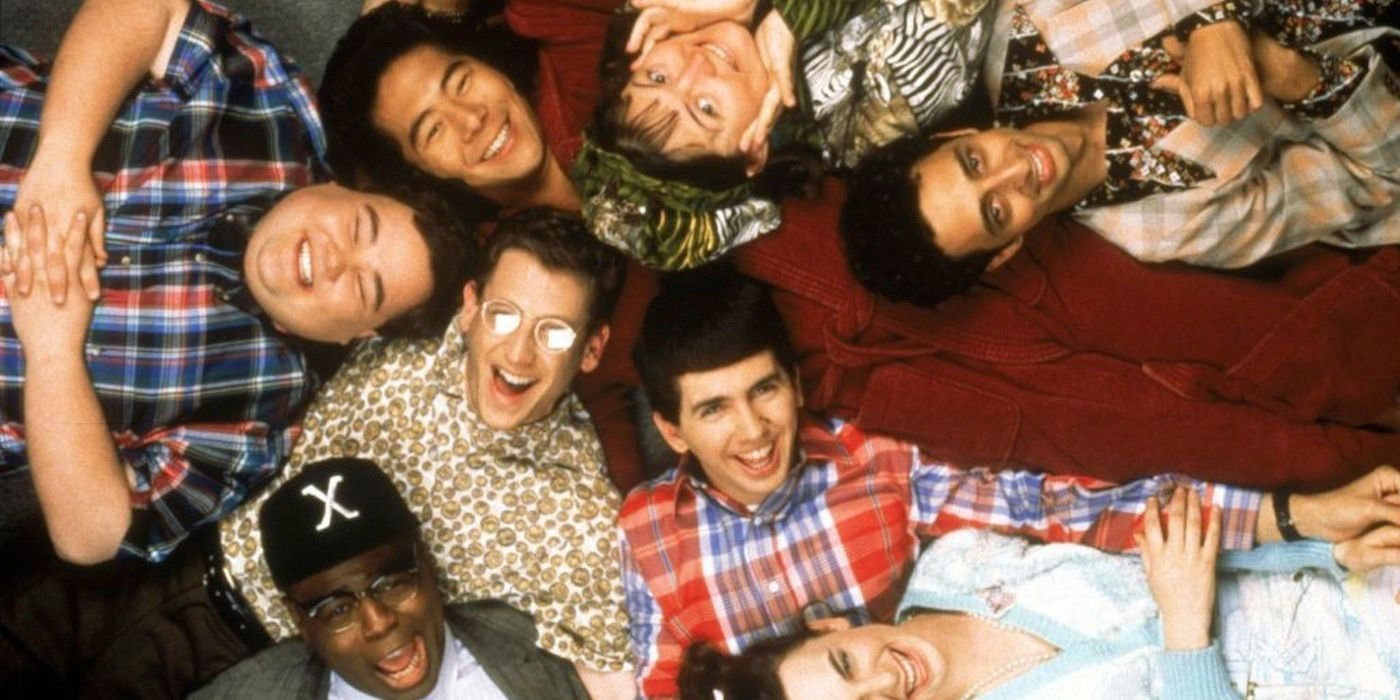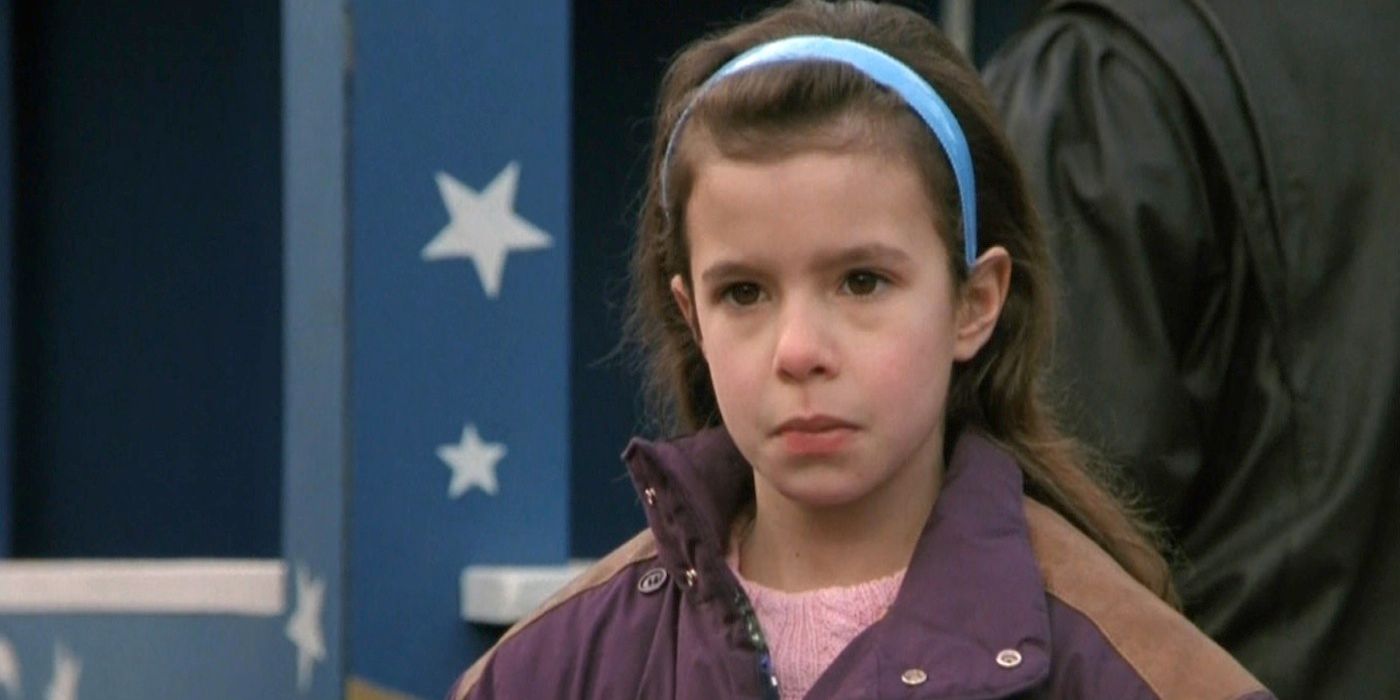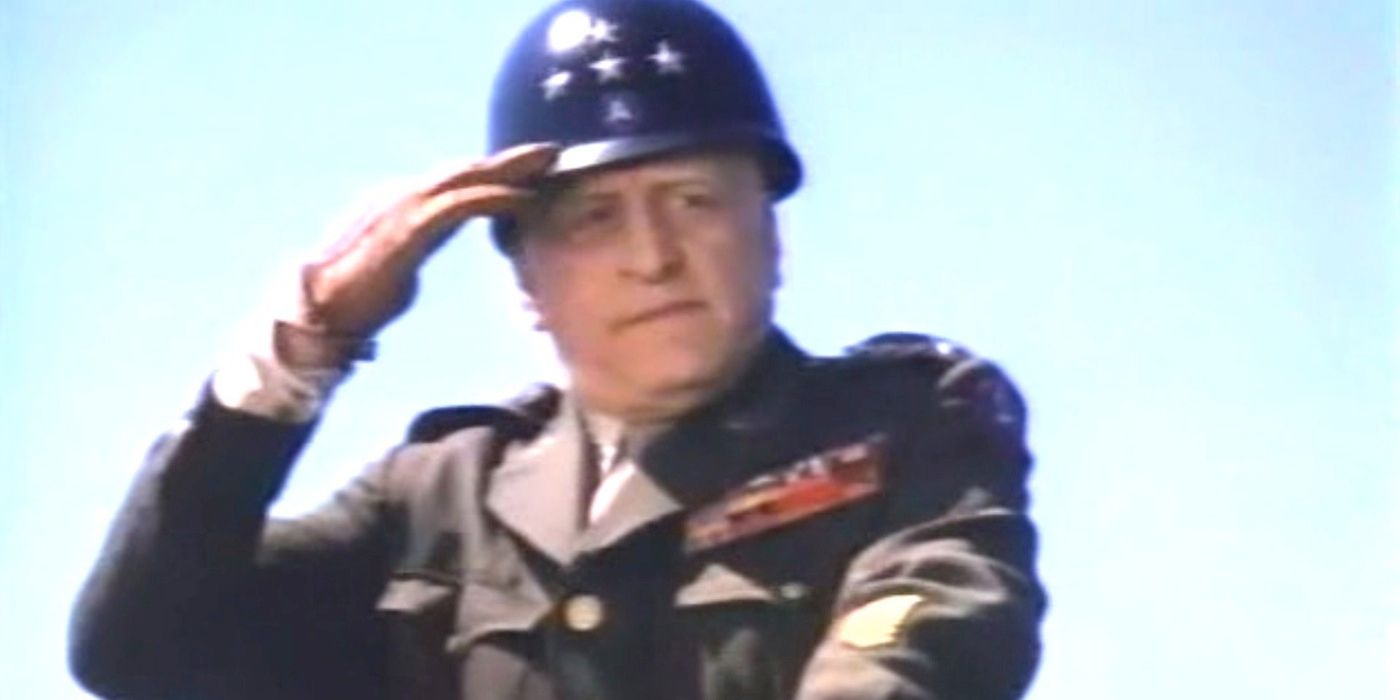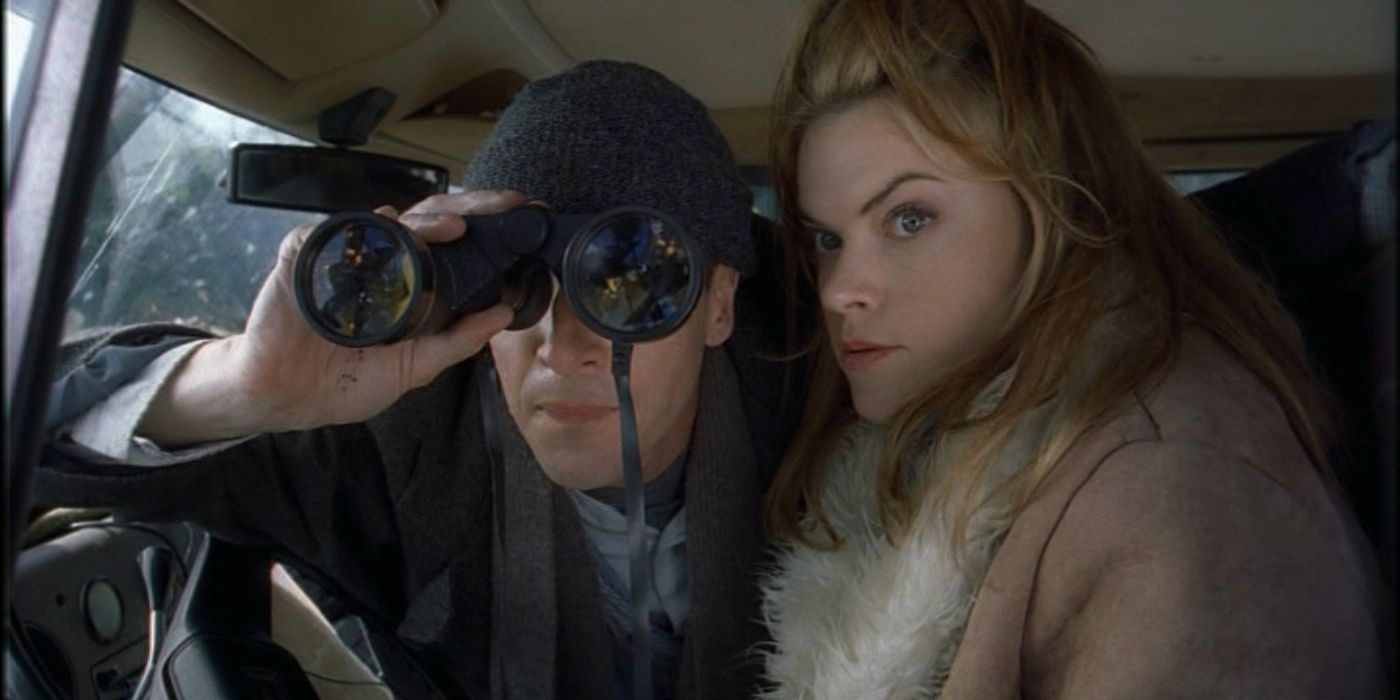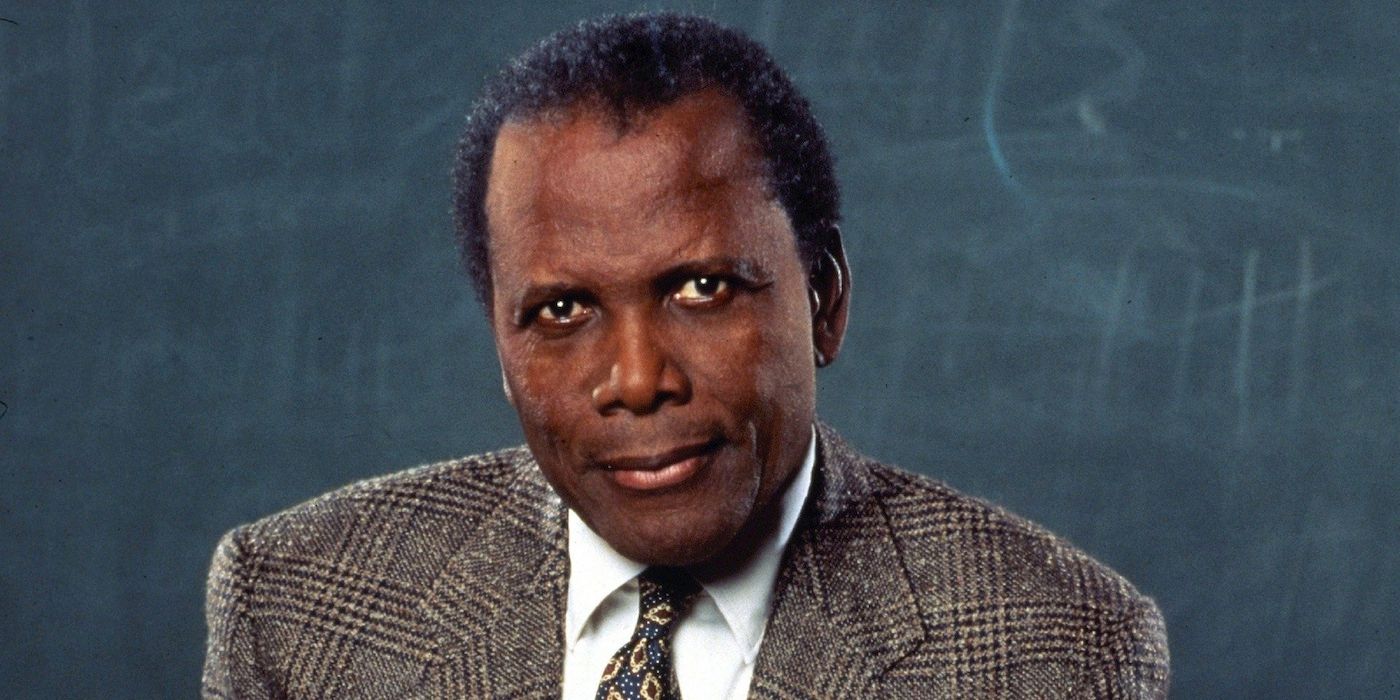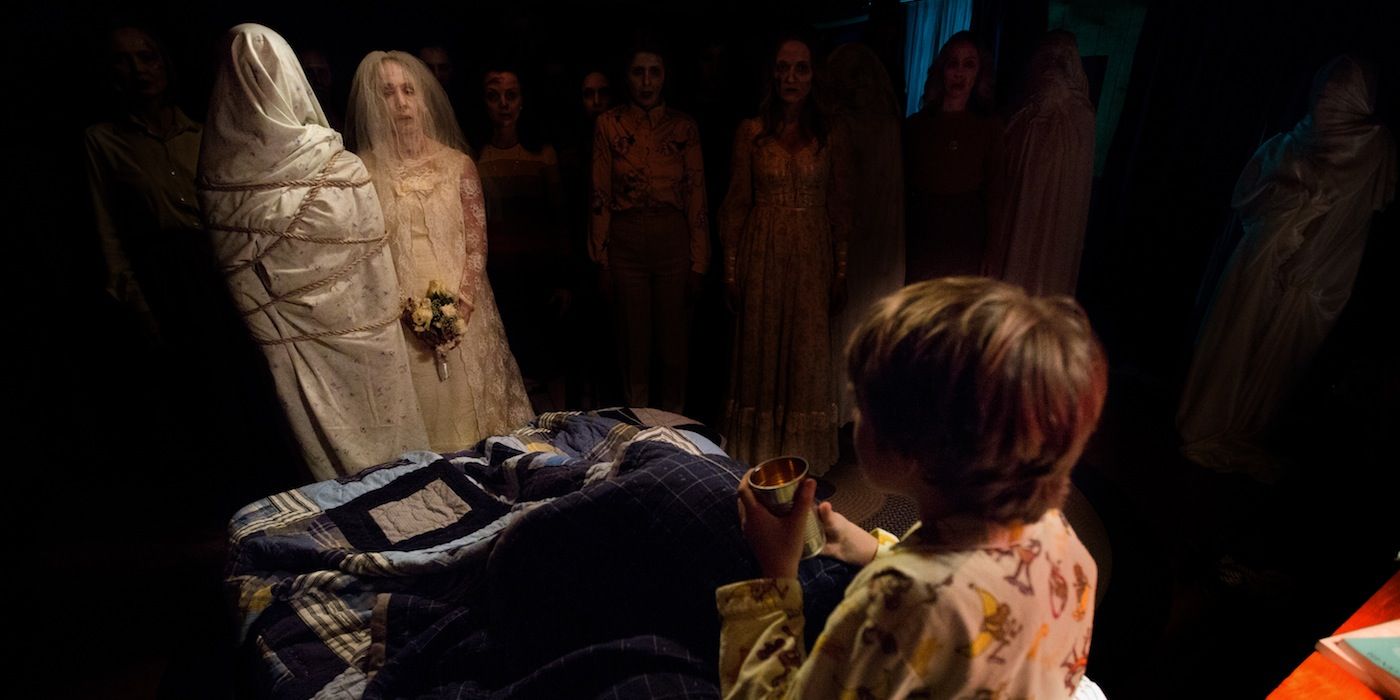When it comes to acclaimed, feature-length films, made-for-TV is not a choice medium. It's the minor leagues of movies, where lukewarm projects and reheated properties are sent to dwell. Especially in the case of sequels, which often slink in from Hollywood franchises gone astray. Once the recipient of movie stars, sturdy filmmakers, and saturated promotion, these properties fall victim to either the damnation of time or diminished box office returns.
Divergent, based on Veronica Roth’s best-selling book series, has become the latest victim of this practice. Once touted as the second coming of The Hunger Games, the dystopian saga went from blockbuster staple to critically reviled schlock, despite the presence of stars Shailene Woodley, Ansel Elgort, and Miles Teller. Now, the franchise’s final installment, Ascendant, has recently been demoted to a television movie, with pushed potential for a spinoff series. On the bright side, at least Divergent can take solace in the fact that several classics have suffered the same dishonorable fate.
Here are Screen Rant’s 15 Big-Budget Movies With Made-For-TV Sequels.
15. A Spinal Tap Reunion: The 25th Anniversary London Sell-Out (1992)
When it comes to mockumentaries, there is no higher peak than Rob Reiner’s This Is Spinal Tap (1984). Centered around a fictional U.K. group (Michael McKean, Christopher Guest, Harry Shearer), the film brilliantly dismantled rock & roll mythos, while piling on a plethora of iconic quotables (“These go to eleven!”) along the way. It solidified Reiner as a filmmaking talent, and paved the way for Sacha Baron Cohen (Ali G Trilogy) and Spinal Tap star Guest to craft mockumentary classics of their own.
Then, there’s A Spinal Tap Reunion (1992). Released eight years after the original, this made-for-TV flick comprised of footage taken from the group’s live Royal Albert Hall performance. McKean, Guest, and Shearer all return, and callbacks to the Stonehenge gag from the first film provide a few pleasant surprises. There’s definitely some solid laughter to be had, but without Reiner’s skilled hand guiding the ship, it is ultimately a mild, if unnecessary addition to the Spinal Tap legacy.
14. Annie: A Royal Adventure (1995)
Coming to television thirteen years after the first Annie (1982), A Royal Adventure is royally mediocre. Long gone are stars Albert Finney, Carol Burnett, and Tim Curry, and in their place lie a cast of actors (George Hearn, Joan Collins, Ian McDiarmid) simply unable to replicate the magic. The story relocates Annie and Oliver "Daddy" Warbucks to London, where the latter is to be knighted by the Queen. Of course, shenanigans and silly happenings get in the way, but once the threat of Buckingham Palace being blown up arises, the absurdity of the plot outweighs its charm. This inability to recapture Annie’s sweet-natured comedy makes the sequel feel rushed and instantly forgettable.
The absence of iconic filmmaker John Huston (The Maltese Falcon, The African Queen) doesn’t help matters, but even with a committed Ashley Johnson in the title role, A Royal Adventure is the definition of a niche film. It’s the kind of project most enjoyable for Annie superfans, and those who aren’t, should disperse their time elsewhere.
13. Angels in the Endzone (1997)
Angels in the Outfield didn’t blow the doors off the box office in 1994, but it supplied just the right blend of spiritualism and silliness to gain a cult following. The premise, a failing baseball team who gets angelic aid from a young boy's prayers, had crossover potential, and Disney Studios exploited this template with Angels in the Endzone in 1997. Christopher Lloyd, as head angel Al and sole carryover from the first film, helps a high school football team when star player Jesse (Matthew Lawrence) loses his father.
While packed with less humor and fewer all-star actors, Endzone is a surprisingly solid sequel, anchored by Lloyd’s irascible charm. Lawrence, right in the thick of his Boy Meets World glory, also manages a solid performance, and the family fun of the original sticks around to offer its blessing. In comparison to some of the other entries on the list, as well as the terrible follow-up Angels in the Infield (2000), Endzone is a made-for-TV miracle.
12. Bandit: Bandit Bandit (1994)
Admittedly, this sequel to Smokey & The Bandit follows another TV movie, Bandit Goes Country (1994), but the baffling idiocy of this title is deserving of the attention. Hal Needham, who has the distinction of directing the original 1977 film, somehow felt it would be a good idea to dust off the Smokey template for cable in the 1990s. The results were a trio of car driven farces that catered only to core Smokey fans, stripping away favorites like Bo, Snowman, and Sheriff Bufford. Needham has a definite passion for his franchise, but by gutting the film of its ensemble chemistry, most of the fun is left somewhere offscreen.
Even less impressive in this display is Brian Bloom as the titular bandit (one of the three, at least). The TV veteran throws out everything lovable about the character and leaves viewers with a cocksure demeanor that gets old really fast. The beauty of Burt Reynolds’ original portrayal was that we joined in on his scheming fun-- here, Smokey is just a loudmouth pulling one over on local law enforcement. Steer clear of this burnout and its two successors.
11. Amityville 4: The Evil Escapes (1989)
“Passable for a TV movie” is not typically a ringing endorsement, but that’s the best phrase that comes to mind when discussing Amityville 4: The Evil Escapes (1989). It's tough enough to reach a fourth horror installment with dignity intact, but the once viable Amityville brand can't even regain a shade of its former glory. The recurring culprit of fear, amazingly, is a floor lamp that turns on without being plugged in - a ploy that lowers the scare factor and instantly ups the campiness.
To make matters worse, the lamp, once a light provider in the Amityville home, turns on other electronical devices as well! Needless to say, performers Patty Duke, Fredric Lehne, and the legendary Jane Wyatt aren’t given much to do besides look scared and try not to laugh. As a made-for-TV movie, it's the kind of nonsensical silliness catered to Mystery Science Theater 3000 and drinking games every time a lamp scares its owner.
10. The Dirty Dozen: Next Mission (1985)
The Dirty Dozen (1967) is the textbook example of expendable teams. Led by the ice cold inflection of Major John Reisman (Lee Marvin), the titular posse tackled a suicide mission that led to crippling defeat for the Nazis in WWII. All the while, fans delighted in seeing supporting players like Charles Bronson, John Cassavetes, and Donald Sutherland shoot both the breeze and enemy soldiers. The downfall of such a successful story, however, was the fact that any attempts to copy it would come off as hopelessly inept - case in point: this 1985 made-for-TV sequel.
Lee Marvin, Ernest Borgnine, and Richard Jaeckel return in what feels like a glorified payday, while the plot embarrassingly apes its predecessor. In fact, Next Mission could almost be billed a semi-remake, with exact character types being copied over and occupied by less memorable talent. Director Andrew V. McLaglen gets nowhere near Robert Aldrich’s original gusto, and receding results would only continue with The Deadly Mission (1987) and The Fatal Mission (1988). Oh, how the dirty have fallen.
9. Anaconda 3: The Offspring (2008)
The original Anaconda (1997) is not a great movie, but we’d be lying if we said it wasn’t fun. Despite negative reviews, the star-studded cast of Jennifer Lopez, Ice Cube, Eric Stoltz, and Jon Voight made the monster movie a hit, and paved the way for an array of slithery sequels. Anacondas: The Hunt for the Blood Orchid attempted to steal the pluralized mojo of the Alien series, but this 2004 dud left little besides bloody bodies and a wasted Matthew Marsden.
Downgrading to a smaller pond in 2008, third installment The Offspring burrowed even further into the snake hole of subpar sequels. Led by the lazy efforts of Crystal Allen, John Rhys-Davies, and the Hoff himself, David Hasselhoff, this made-for-TV outing suffers from zero connections to the original story. In fact, barring the horrific CGI and glazed-over dialogue, there’s not even much of a fun streak to this supposedly tongue-in-cheek adventure. Sharknado it is not.
8. Psycho IV: The Beginning (1990)
After Psycho III (1983) failed both critically and commercially, Universal Pictures decided to take a different approach. The studio brought on TV director Mick Garris and screenwriter Joseph Stefano, who had written the original Alfred Hitchcock film in 1960. Though relegated to television, the intentions of both men were to make a worthy successor to the first film, thus ignoring the expanded continuity of II and III. Stefano, in particular, had grown agitated over the representation of Norman Bates (Anthony Perkins), feeling the series had slipped too far into slasher territory to retain its distinct edge.
Aired on Showtime in November 1990, The Beginning was a mixed bag. Many praised the film’s adherence to the original, while others cited its obvious references, like that of Norman’s blood gushing down the drain, as “way too obvious and pretty obnoxious.” Still, in alignment with its two predecessors and Gus Van Sant’s remake, The Beginning is a fairly decent entry in the Psycho saga. Upon reexamination, one can even spot the seeds being planted for A&E’s Bates Motel (2013-).
7. Revenge of the Nerds III: The Next Generation (1992)
Revenge of the Nerds was a lowbrow favorite upon release in 1984, with a premise too funny to miss. The notion of watching a gang of nerds take over the sorority racket of a college held an undeniable charm, even managing to spill over into Revenge of the Nerds II: Nerds in Paradise (1988). Much like National Lampoon’s Animal House (1978) and Porky’s (1982) before it, the series found a groove with a specific group of actors: Robert Carradine, Anthony Edwards, Larry B. Scott and Curtis Armstrong.
Revenge of the Nerds III, despite its subtitle The Next Generation, sees fit to bring back this nerdy nucleus. Carradine, Armstrong, and Julia Montgomery decide to play ball again in this 1994 TV sequel, and it’s about as engaging as one would expect from a subdued rehash of the originals. Not the best, but as follow-up Revenge of the Nerds IV: Nerds in Love (1994) proved, it was enough to keep the uncool times going.
6. Omen IV: The Awakening (1991)
Similar to its horror peers, The Omen finally moved to television in 1991. Harvey Bernhard, the franchise producer, felt the concept still had much to offer, and pitched Fox Video on a series of made-for-TV sequels. The Awakening would prove the first of these supposed spinoffs, and refocused the Damien storyline towards orphan Delia York (Asia Vieira) and her well-to-do guardians. Naturally, any pleasantness on the part of the parents (Michael Woods, Faye Grant) is wasted, as Delia develops into a sick sociopath quicker than you can misspell Damien Thorn (it's inexplicably spelled Damian here).
If there was any question as to whether The Omen series had ran its course with The Final Conflict (1981), The Awakening provides an answer. It's another case of a film that fails to walk its own path, and winds up falling back on the tricks of the original, minus the funds and talent. Needless to say, Bernhard ceased production on other small screen sequels, granting fans mercy in the wake of a borefest that only the Antichrist could cook up. But you know what they say, you can't keep an Antichrist down: Damien Thorn reappeared briefly on TV screens this year with the sequel series Damien. The show followed an adult Antichrist as he inexplicably refuses to accept that he is evil and was cancelled after one season.
5. Mean Girls 2 (2011)
Insightful jabs at the high school condition, mixed with the talented cast of Lindsay Lohan, Amanda Seyfried, and Rachel McAdams, and Mean Girls (2004) became an instant cult classic. But when it was announced that Mean Girls 2 would have no input from screenwriter Tina Fey or the original cast, it was obvious that fans were in for a weak attempt to recapture the magic.
In fact, the only tie between this 2011 sequel and the first film is Principal Ron Duvall (Tim Meadows), who seems just as exasperated as the viewer in his limited screen time. Elsewhere, newcomers Meaghan Martin, Jennifer Stone, and Maiara Walsh simply aren’t up to the task of filling iconic shoes, while the film as a whole takes on the most shallow aspects of th. In her review for Entertainment Weekly, Hilary Busis deemed it a “thinly veiled, low-budget remake of the 2004 hit.” On the bright side, at least this was the only Mean Girls sequel that ABC family forced upon fans.
4. The Last Days of Patton (1986)
Where most made-for-TV sequels get in trouble recycling the same formula, The Last Days of Patton (1986) provides a refreshing departure. Based on the last few months of the famed military general’s life, Last Days made an intentional break from its predecessor and swaps massive scale for intensive intimacy. Long gone are the explosive battle scenes and technicolor pomp of Franklin J. Schaeffer’s Patton (1970), and instead, viewers are given a character study, replete with tender acting and impressive nuance.
George C. Scott, having previously taken home the Academy Award for playing Patton, returns for a rich, complementive performance. Downplaying his vigor as a dying warrior, the actor bounces off vets like Eva Marie Saint and Murray Hamilton brilliantly. Most importantly, however, is the feeling of consistency this film shares with it's revered original. Last Days actually adds to the Patton story instead of taking away from it, and in that, it deserves its stripes as a worthy coda.
3. Home Alone 4: Taking Back the House (2002)
To put perspective on this horrific Home Alone outing, actor Daniel Stern was approached to reprise the role of Marv during pre-production. As half of the ‘Sticky Bandits’ in the first two films, he declined immediately, calling the attempt to revive classic characters both an “insult” and “total garbage.” After watching this 2002 made-for-TV sequel, we’d be hard pressed to disagree. Taking Back the House is a trainwreck of a movie, so wrapped up in awkward gags and pale imitations that it makes Home Alone 3 (1997) look like Academy Award bait.
Recast as Kevin McCallister, the troublemaking tike made famous by Macaulay Culkin, Mike Weinberg is a bland bust. He lacks the maturity that made Culkin such a worthy opponent for adult criminals, but given the stand-in competition of Missi Pyle and Stern’s replacement, French Stewart, the downgrade is across the board. ABC saw fit to further condemn the series with 2012’s Home Alone 5: The Holiday Heist, proving that nothing is sacred amidst inferior cable takedowns.
2. To Sir, With Love II (1996)
Last time viewers saw Mark Thackeray (Sidney Poitier), the no-nonsense teacher had moved to London, where he spent the duration of To Sir, With Love (1967) schooling punks and rebellious youth on the ways of the world. It was a simplistic setup, but one that the Academy Award winner delivered with magnetic integrity. The resulting box office success (and hit song) solidified Love as one of Poitier’s most iconic films-- so much so, in fact, that TriStar Television saw fit to bring Thackeray back nearly three decades later.
This made-for-TV movie, titled To Sir, With Love II (1996), easily takes the cake as the most belated sequel on the list. Poitier returns as the tough but fair Thackeray, who relocates to Chicago to take on the worst of the inner city’s troubled teens. In the process, he encounters all sorts of tough talk and uphill battles, only to win students over with his sincere brand of tutelage. Poitier is a delight, as per usual, and while it lacks the energetic rush of its predecessor, To Sir, With Love II is proof that worthy sequels aren’t impossible in the TV business. Yet another lesson from Thackeray.
1. Look What Happened to Rosemary’s Baby (1976)
Poor Patty Duke. She’s already been etched into inferior sequel territory with Amityville 4: Evil Escapes (1989), but with this 1976 debacle, the actress is front and center. Bearing little resemblance to the 1968 horror masterpiece (or Ira Levin’s source material), Look What Happened to Rosemary’s Baby spans decades in the life of Rosemary (Duke) and her demonic son Andrew (Stephen McHattie). Broken into three titled chapters, it's an ambitious direction that ultimately leads nowhere for the viewer or the underused talent onscreen. Instead, director Sam O’Steen cobbles together a hodgepodge of ideas that make little use of Andrew’s potential.
The kid is literally a spawn of Satan, yet most of the movie reduces him to a moping victim of the same occult group who terrorized his mother. Ruth Gordon, the Academy Award winner of the original film shows up to add much needed excitement, but by then, things are beyond saving. ABC forced us to look at what happened to Rosemary’s Baby, and the regret that lingers afterwards is cruel even for Devil worshipper's standards. This is a textbook example of made-for-TV movies gone bad.

